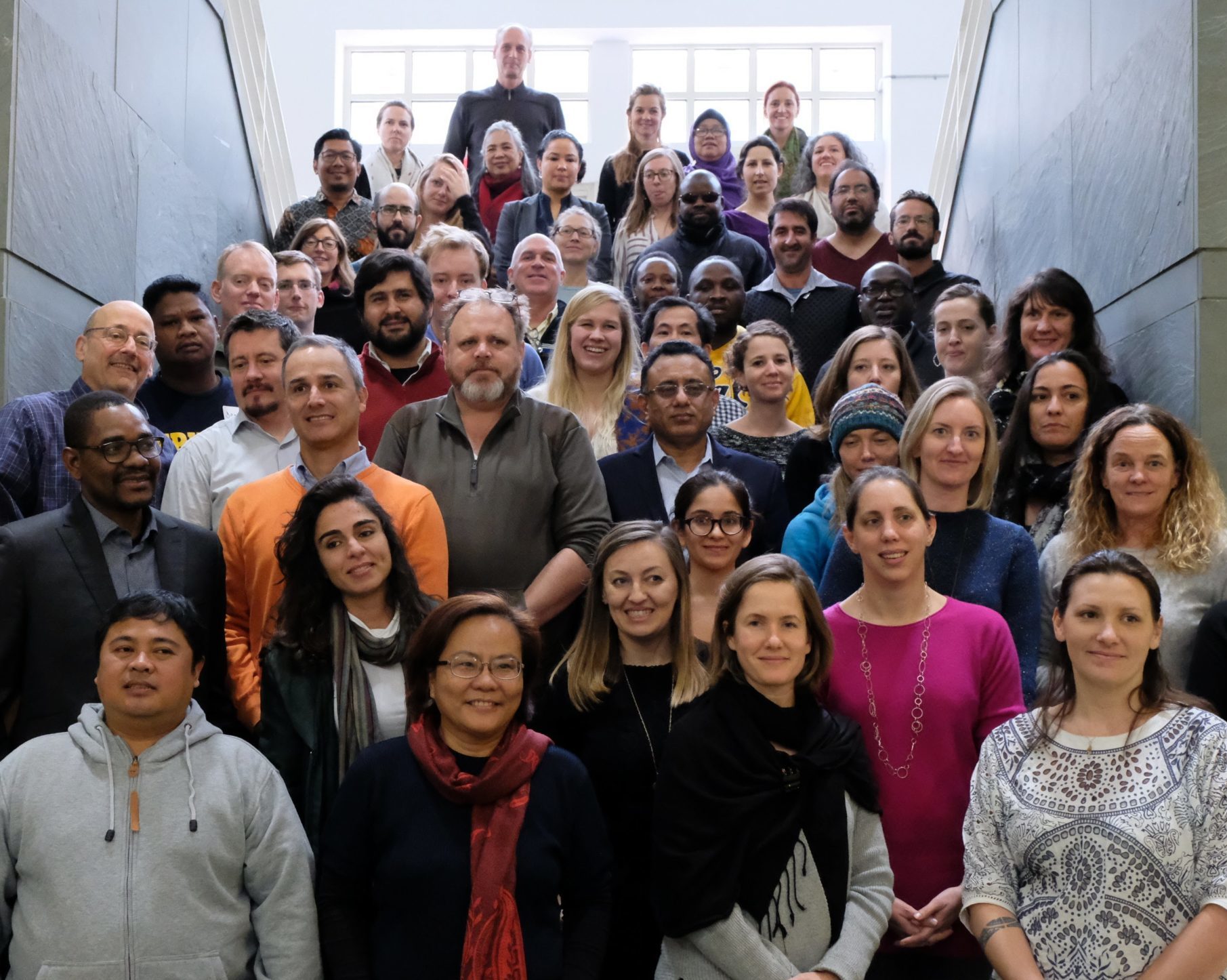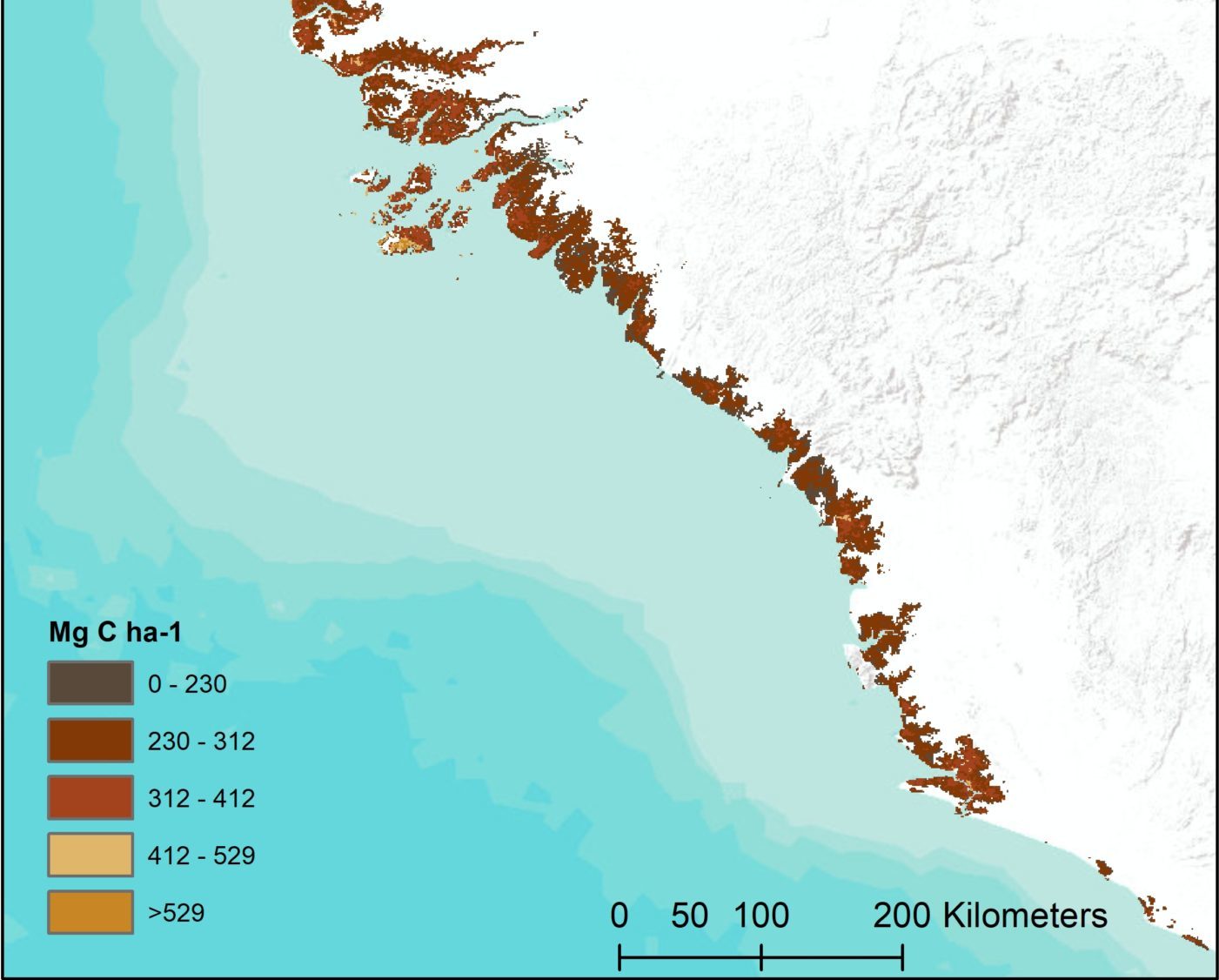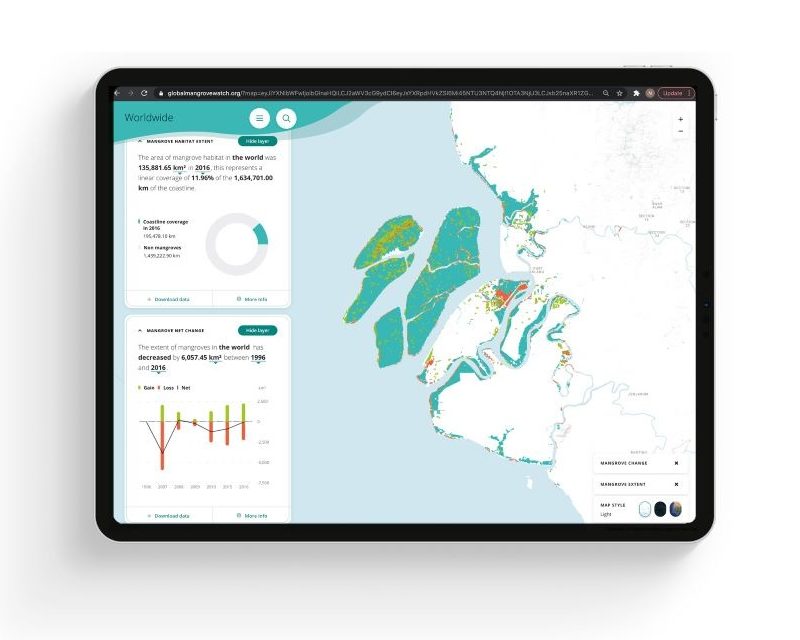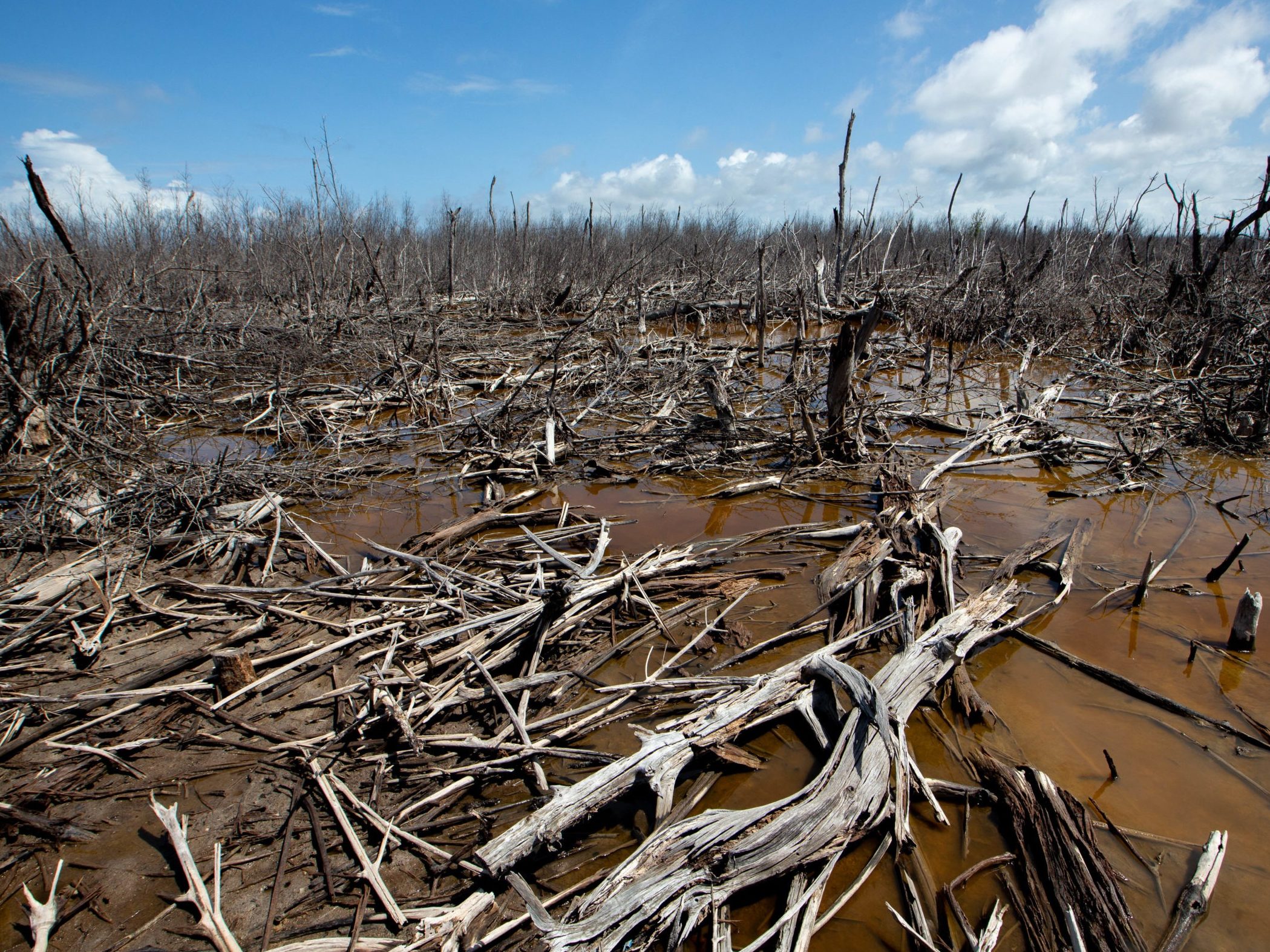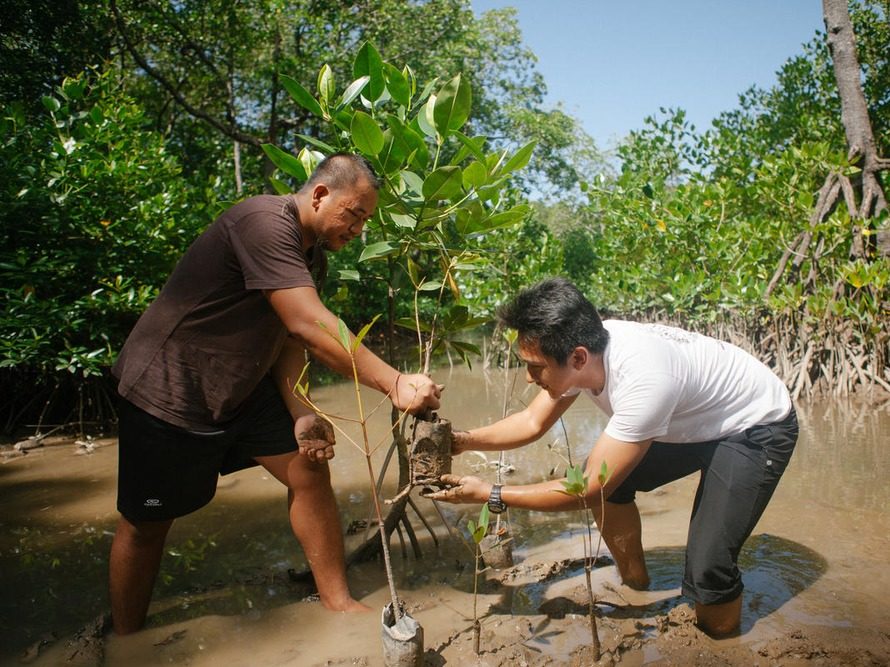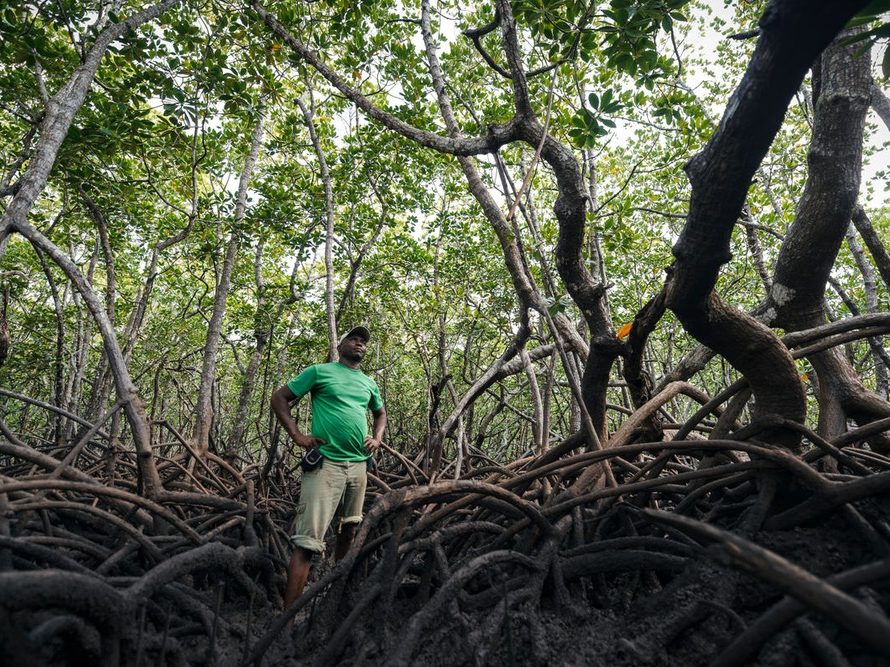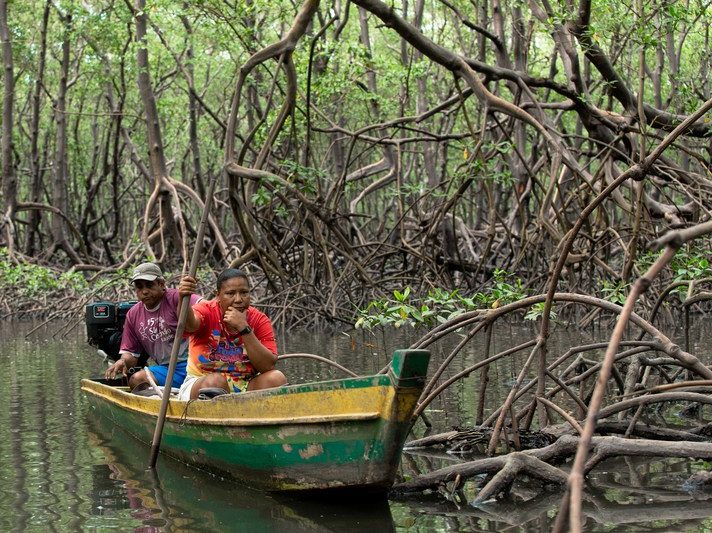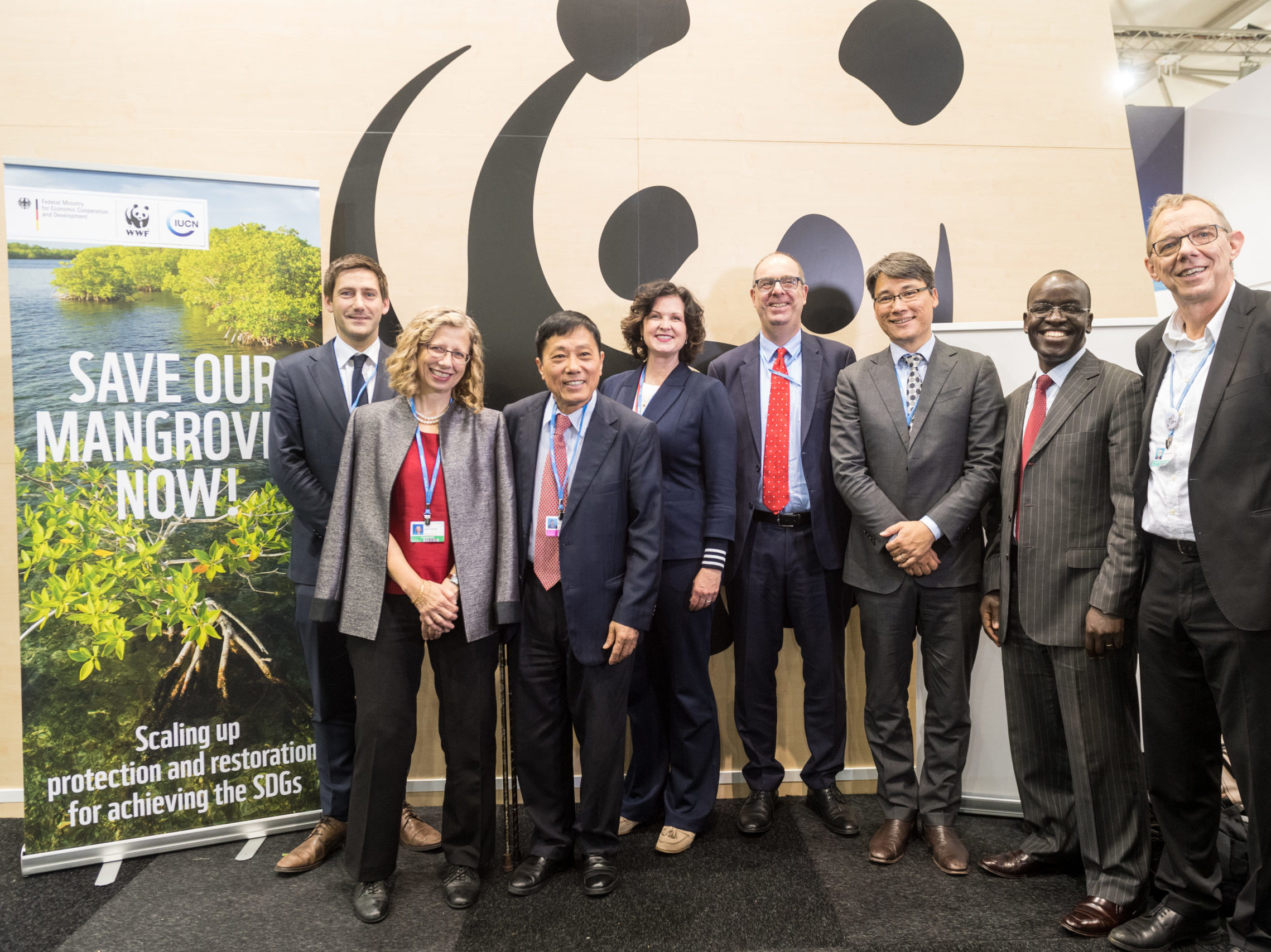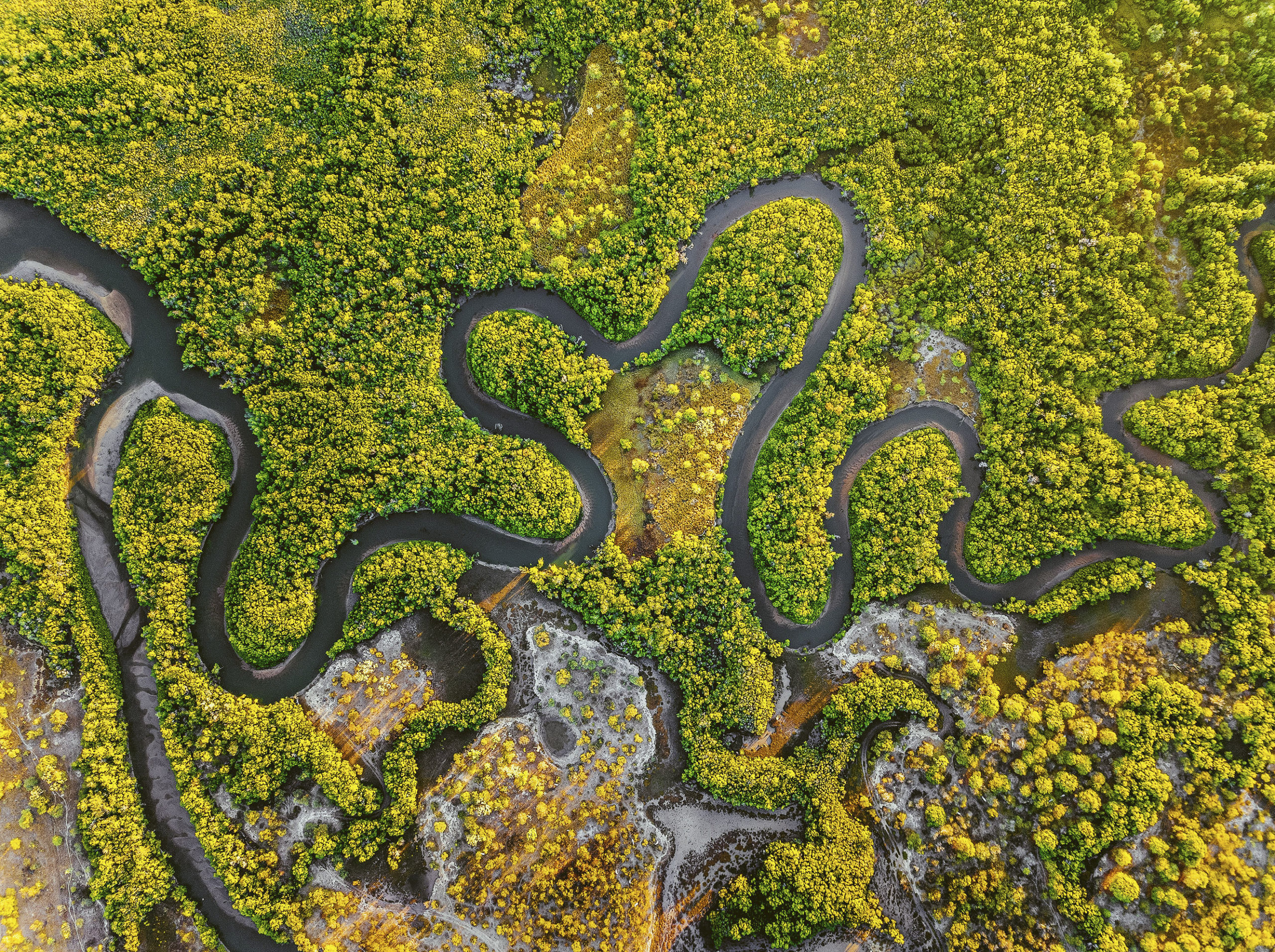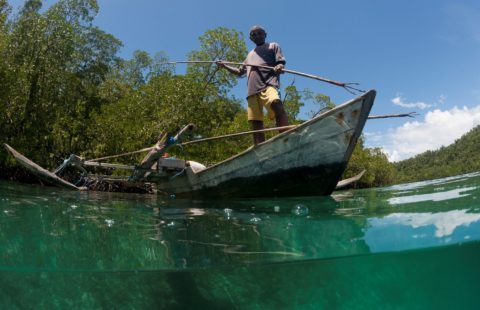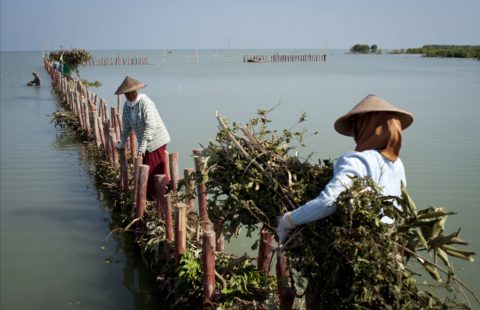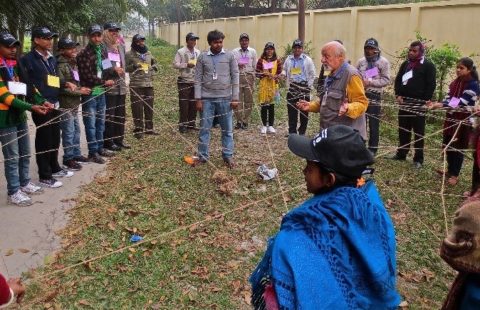Introduction to the Report
Mangrove forests are critical ecosystems, both for biodiversity and for humanity. Vast areas have been lost, but things are changing. As we begin to realize their full value—as carbon stores, fish factories, coastal defenses and more—ever-greater efforts are being made to protect what remains, and to start programs of restoration. The State of the World’s Mangroves provides the very latest information on what we know about mangroves and what’s being done to support these magnificent habitats.
Find out more below.
